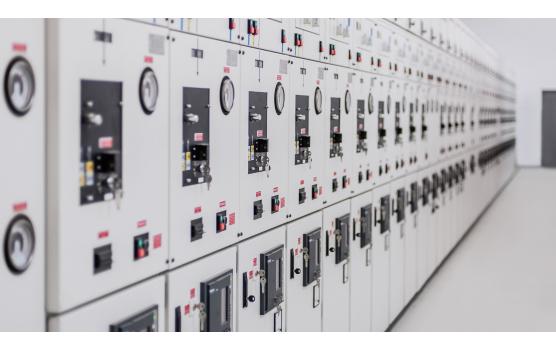- Product
- Suppliers
- Manufacturers
- Solutions
- Free tools
- Knowledges
- Experts
- Communities
Search
-
د مجانی اوزارونه
-
IEE Business د الکترونيکي مهندسۍ جوړونکي او برق تامین کولو بودجه ټولګي راتلوي چې د مصنوعي ذکاوت پر اساس ډول: پارامتره ونیسو، کلک کړئ او د محولات، سیمه، موټرونو، برق دستگاهو څخه لاندې قیمتونه لږ ځای ته ورسوي - ټول نړۍ ته د مهندسانو لپاره وثیقه شوی
-
-
د پشتونخوا د زده کېږي او سپانسر شوې
-
IEE-Business د پیښې او ارزښت سره جوړولو ټولنه که چیرته نووي ټکنالوژۍ او مهارتونه پر ملتیا شوي کېږيمهارت فنی ممتازد تکنیکي معلوماتو ورکول او شریکول لپاره د سپونسرانو په اړه د ارزښت ګټولحلالیت او کاروباري سولوشنونهپېښو او کاریګر حلولونه جوړ کړئ ترڅو د سپانسرانو څخه اوسنۍ وکړيپیش راښکونکي ځانګړي خبرتياڼېپوهنتونه خپلې لپاره نماول کړئ د اقبلو لپاره پیژنيز وکړئ
-
-
دانلود اپلیکیشن
دانلود
-
-
IEE-Business ترکاره وسیله اوبولIEE-Business اپ د پرمېشني ډول د تجهیزاتو پیدا کولو او حلولونه ورکولو لپاره، خبرېو سره پیل کولو او صنعتي همکاري کولو له لارې، د زهراوی پروژې او کار ورکو متناسب تامینول
-
-
-
-
همغږي کړئ
شريك
-
-
د IEE-Business پالنې پروګرام ته وړاندیز شوئکارپړللو راستنیال -- د تکنیکي اوزارو څخه تر نړۍ يې وسعتول
-
-
-
پښتو
-
- English
- Afrikaans
- العربية
- Azərbaycan dili
- български
- বাংলা
- Català
- Cebuano
- čeština
- Dansk
- Deutsch
- Ελληνικά
- Esperanto
- Español
- Eesti keel
- Euskara
- دری
- فارسی
- suomi
- Filipino
- français
- Gaeilge
- Galego
- Hausa
- עברית
- हिन्दी
- Hrvatski
- magyar nyelv
- հայերեն
- Bahasa Indonesia
- Íslenska
- Italiano
- 日本語
- ქართული
- Қазақ тілі
- ಕನ್ನಡ
- 한국어
- Kurdî
- Latina
- Latviešu valoda
- македонски јазик
- Bahasa Melayu
- Malti
- नेपाली
- Nederlands
- Norsk
- ਪੰਜਾਬੀ
- polski
- پښتو
- Português
- Русский язык
- සිංහල语
- Slovenščina
- српски језик
- Svenska
- Kiswahili
- தமிழ்
- తెలుగు
- ไทย
- Tagalog
- Türkçe
- українська мова
- اردو
- Oʻzbek tili
- Tiếng Việt
-
-
پښتو
-
- English
- Afrikaans
- العربية
- Azərbaycan dili
- български
- বাংলা
- Català
- Cebuano
- čeština
- Dansk
- Deutsch
- Ελληνικά
- Esperanto
- Español
- Eesti keel
- Euskara
- دری
- فارسی
- suomi
- Filipino
- français
- Gaeilge
- Galego
- Hausa
- עברית
- हिन्दी
- Hrvatski
- magyar nyelv
- հայերեն
- Bahasa Indonesia
- Íslenska
- Italiano
- 日本語
- ქართული
- Қазақ тілі
- ಕನ್ನಡ
- 한국어
- Kurdî
- Latina
- Latviešu valoda
- македонски јазик
- Bahasa Melayu
- Malti
- नेपाली
- Nederlands
- Norsk
- ਪੰਜਾਬੀ
- polski
- پښتو
- Português
- Русский язык
- සිංහල语
- Slovenščina
- српски језик
- Svenska
- Kiswahili
- தமிழ்
- తెలుగు
- ไทย
- Tagalog
- Türkçe
- українська мова
- اردو
- Oʻzbek tili
- Tiếng Việt
-






















